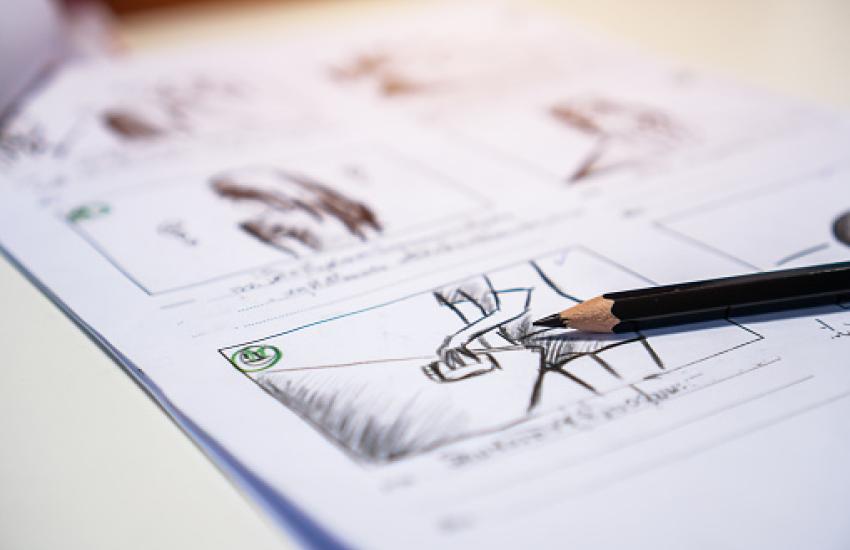Our story development process
Compelling stories well told don't spring from your imagination fully formed. They are crafted in a process that moves through stages of discovery, synthesis and presentation.
A core principal of scientific investigation, such as when conducting genealogy research, is that you must always document your results. You need a laboratory notebook or investigator's case file.
Our process begins with a lab notebook we call a blog. You could also call it a journal. We've made our Ruby family blog public. Others will choose to keep their private. That will always be your choice.
Blogging or journaling while investigating is important not only as a record of your results, but also the product of your first framing and analysis of it. Writing down the facts of a new discovery forces you to think about its implications, and that drives your further research.
One discovery can lead to another. Soon you find that you know not just the facts of an ancestor's life but also their dreams and motivations, and the reasons that things turned out the way they did.
You have now reached the stage where you can begin framing ideas for stories that are fact-based and interesting. Stories with a beginning, middle and end. Maybe with a surprise. Maybe conveying an important insight.
Family History Machine is especially useful for this synthesis stage of story development. Try out a bunch of ideas until you settle on a few that you want to carry to the next level of development.
In the next Installment, we will introduce the FHM Storyboard

